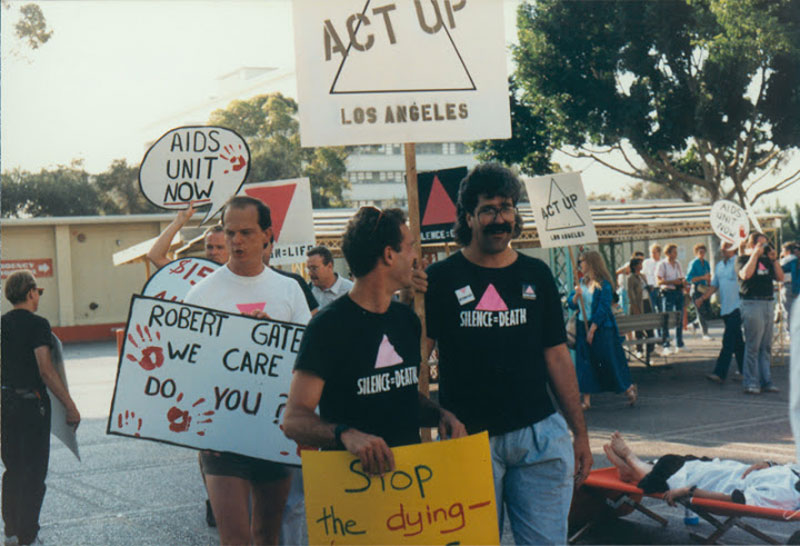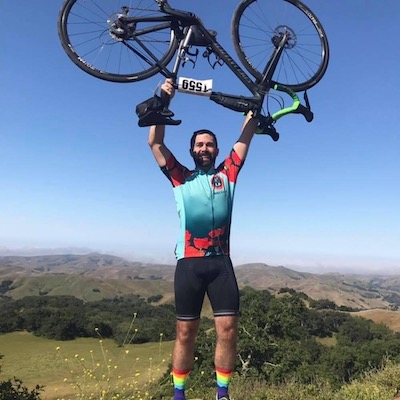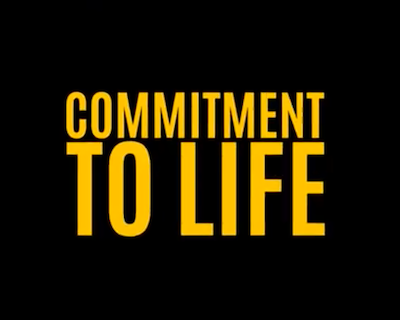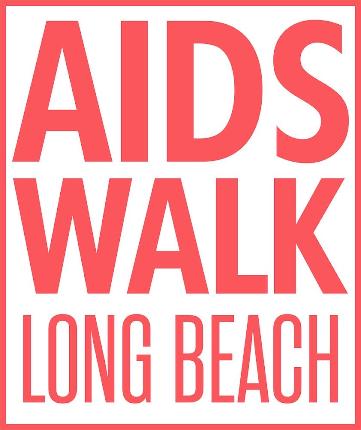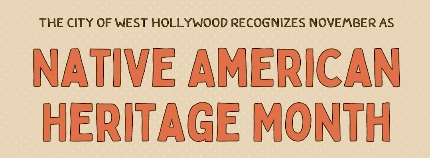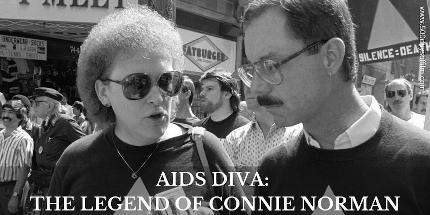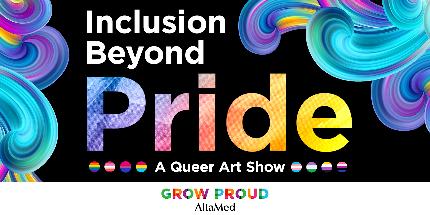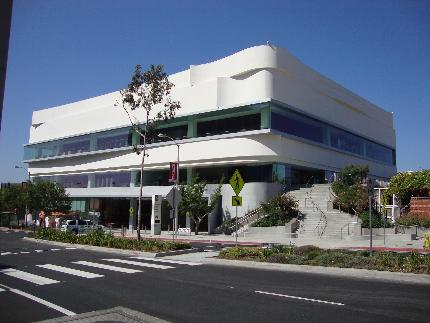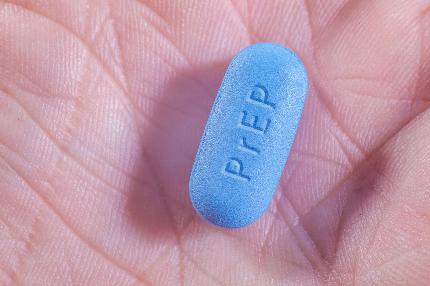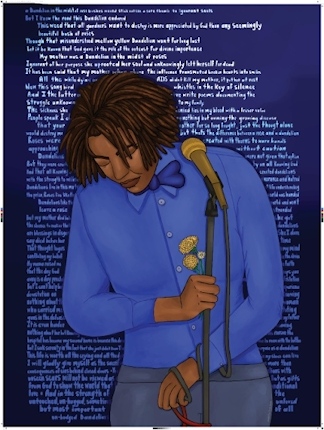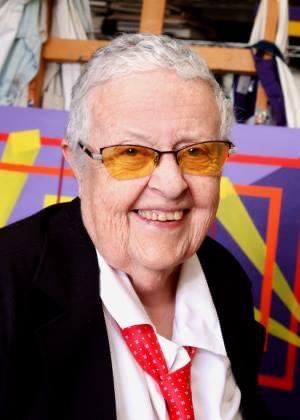
BY WES JOE | December 2nd. World AIDS Day. Thirty-four years of epidemic.
In 1981 Michael Gottlieb was a young immunologist at the UCLA Medical Center. He noticed the unusual incidence of an odd strain of pneumonia among gay men receiving care at the hospital. He and his colleagues published an account in a medical journal that spring, which was largely ignored. But weeks later, doctors in New York announced the bizarre outbreak of a rare cancer, Kaposi’s Sarcoma, in that city’s gay community. And Gottlieb’s phone was ringing off the hook. Though we now know that HIV made the jump to our species decades before, 1981 is generally considered the year it was “discovered,” and Gottlieb credited as discoverer.
He was ultimately denied tenure – according to some because the hospital sought to become a transplant center, rendering any association with AIDS undesirable. Gottlieb went on to start his own practice, which counted many PWA’s — including Rock Hudson, among its patients. In 1985 he co-founded the American Foundation for AIDS Research with Elizabeth Taylor. Joel Weisman, one of his UCLA colleagues and an openly gay man, co-founded AIDS Project Los Angeles in 1982 and was an original co-chair along with Diane Abbitt. In the early days APLA operated its hotline out of a closet at the Los Angeles Lesbian and Gay Center.
APLA was just the beginning. A rainbow of activity emerged. Rev. Carl Bean founded the Minority AIDS Project in 1985 to serve the African-American community. That year also saw Ron Rose start Being Alive, People with AIDS Coalition. In 1986 members of the lesbian and gay temple, Beth Chayim Chadashim, founded Project Nechama. The following year Asian Pacific Lesbians and Gays helped form the Asian Pacific AIDS Intervention Team. And Bienestar, which was to become the largest by far of any of these groups, was founded in 1989 by members of Gay and Lesbian Latinos Unidos. Emotional and spiritual needs were also met by groups that included Northern Lights Alternatives, Shanti, the Center for Living and Louise Hay’s Hay Rides at the West Hollywood Park Auditorium.
In 1985 APLA staged its first AIDS Walk in West Hollywood, a community that had won cityhood the previous November. 1985 was also the year Rock Hudson announced that he had AIDS. Just another person among hundreds of thousands – but his disclosure brought the epidemic home to mainstream America. And diminished some of the estrangement experienced by those afflicted.
But Lyndon LaRouche’s Proposition 64 still made it onto the California ballot in 1986. Among its provisions – mandatory HIV testing and the potential for opening quarantine relocation camps. The community mobilized, the suits of the Municipal Elections Committee cooperating with the No on 64 and “Stop the AIDS Quarantine” activists who organized a 4,000 person march past LaRouche’s offices in Atwater. With initial polls indicating easy passage, the measure was defeated with a No vote of 71%.
Many LA residents participated in the 1987 LGBT March on Washington, where they met the New York activists who had formed the AIDS Coalition to Unleash Power in March that year. ACT-UP LA was formed in December. Meetings were held in Plummer Park, with offices eventually established above what’s now Intelligentsia in Sunset Junction. The group conducted numerous actions. Perhaps the most significant were a series of protests and vigils at County Hospital.

